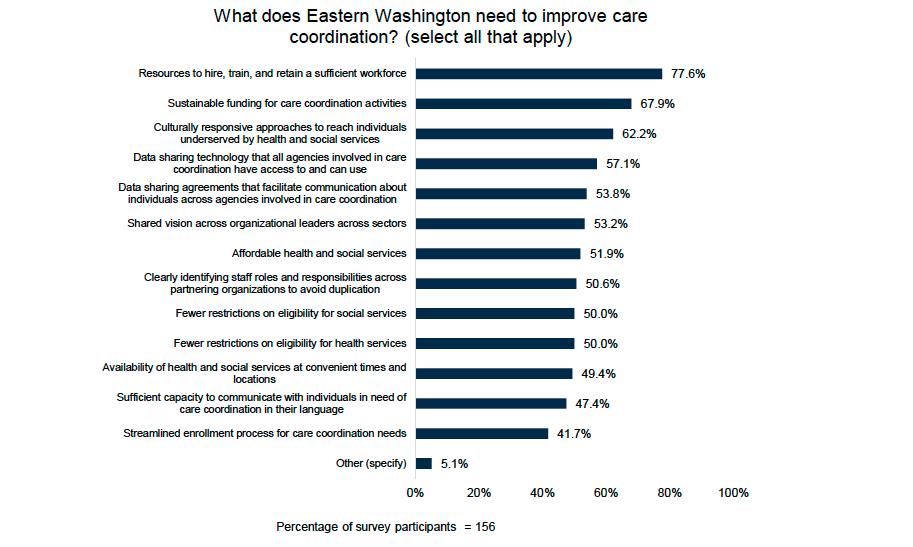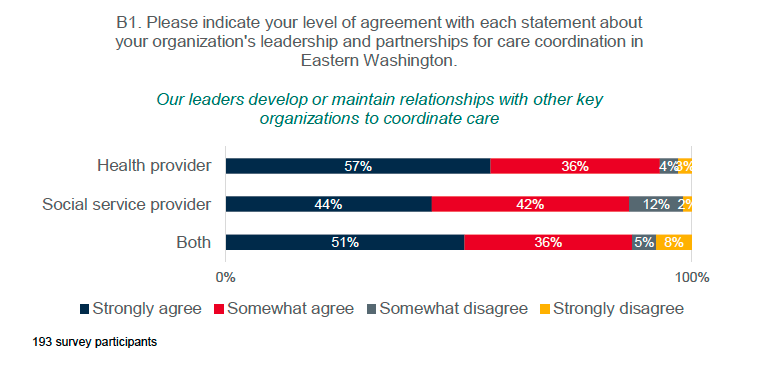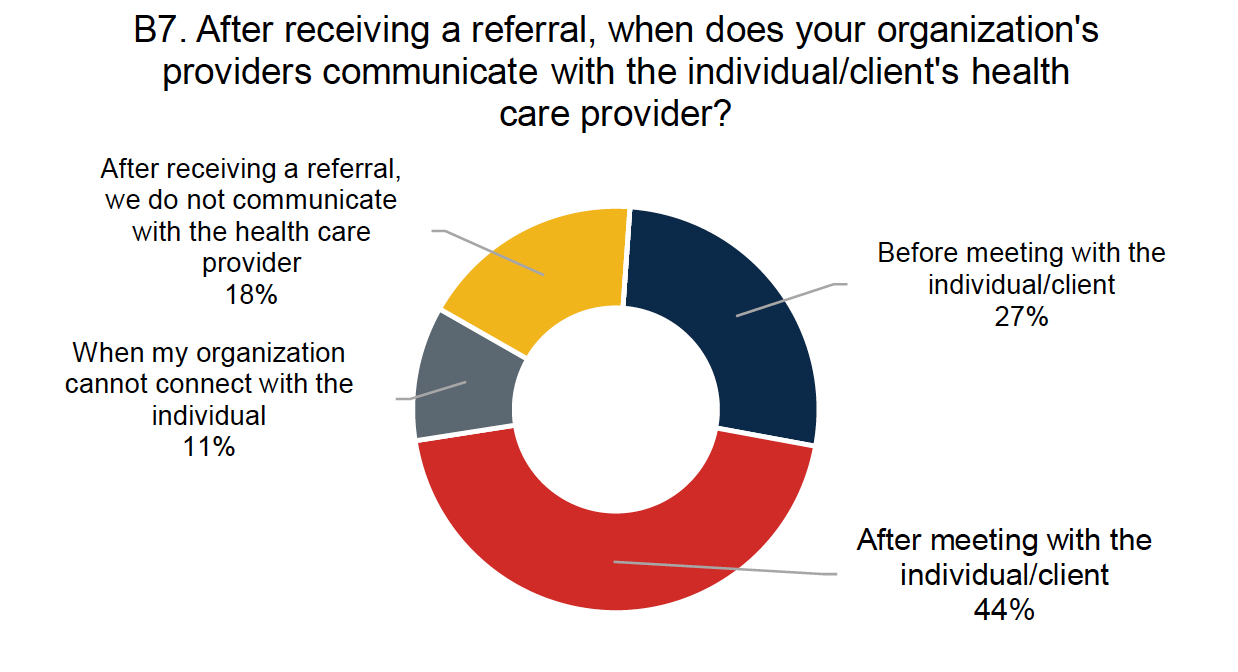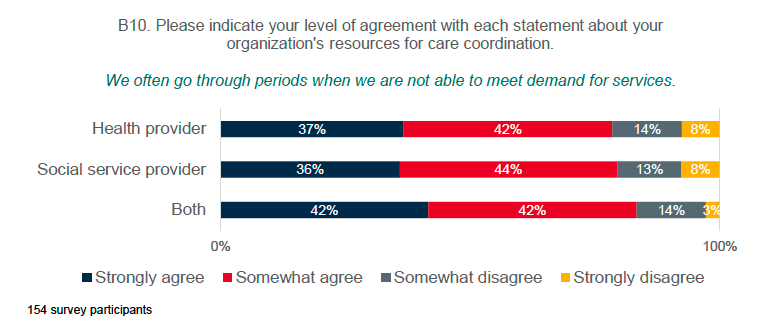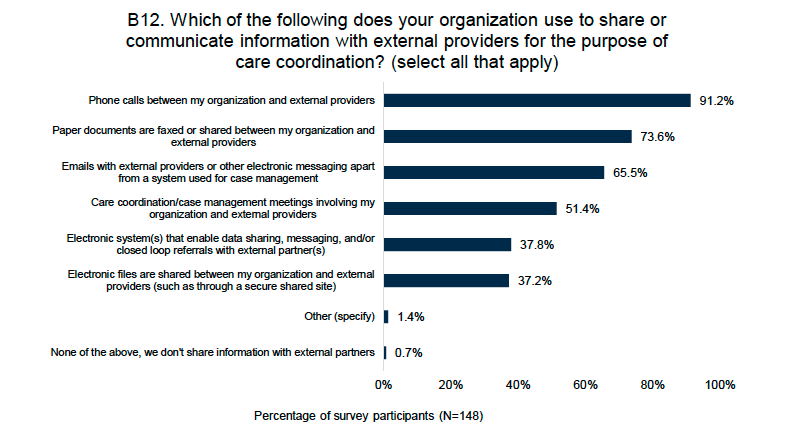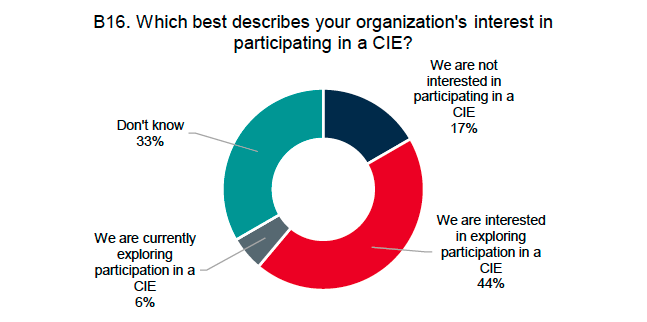September 2023 Update: Thank you for your interest in this opportunity. All funds have been allocated to eligible organizations and are being used to support behavioral health supervision efforts in the Better Health Together region.
February 2023 Update: The Behavioral Health Forum has allocated an additional $150,000 to support behavioral health supervision. Full information, including eligibility details and the application link are included below.
Background
In 2021 the Better Health Together Board allocated a portion of remaining Integrated Managed Care dollars to support behavioral health (BH) workforce initiatives. This included $150,000 to support organizations with SUD and master’s level behavioral health staff with supervision so that staff can gain critical licensure.
BHT used the Behavioral Health Forum, a gathering of behavioral health providers and integrated primary care partners, to gather feedback about supervision needs and barriers. Based on this feedback, we designed an approach for expending the allocated dollars and distributed all $150,000 to eligible organizations. At the six-month reporting mark, these dollars had supported over 1200 hours of supervision for 72 individuals, training for five new supervisors and $5,000 worth of licensing/supervision fees!
In 2022, the Behavioral Health Forum became a self-governing body and engaged in a participatory budgeting process to allocate the remaining $1.2 million of Integrated Managed Care funds to support the Eastern Washington behavioral health workforce. See this 2022 Year in Review Blog Post for more information. As part of this process, Forum members allocated another $150,000 to continue funding behavioral health supervision.
Funding Details
Purpose
To support provider organizations with SUD and master’s level behavioral health staff with supervision so that the staff can gain critical licensure and to build capacity for supervision in our region.
Amount
Funding up to $10,000 per applicant organization to support supervision of SUD and master’s level behavioral health staff. $150,000 total funds available.
Intent: broad vs. focused support
Broad. Intent is to provide some support to as many partners as interested, within the limits of the funding amount.
Intent: current vs. new partners
Current. Intent is to support current BHT partners (see Eligibility below for definition). Please note that partners who received funding in 2021 are eligible to apply for additional funding in 2023.
Guiding principles
-
Not a competitive process while funds are available. Screening to determine whether applicant meets eligibility requirements and doesn’t exceed organization limit in their ask.
-
Flexibility for partners. Partners can design request based on their organization’s needs, within in the funding parameters.
-
The first round (2021) of funding established strong interest, need, and demand from partners. This is a second round approach that replicates the successful established process.
Eligibility
-
Applicant provides behavioral health (inclusive of SUD) services to Medicaid clients in the BHT region.
-
Applicant is a current BHT partner organization. Defined as an organization with a contract in good standing either currently or in the last two years, project-specific agreement (PSA), carve-out agreement, Collaborative member MOU or management agreement, or currently serving on a BHT technical council or Board of Directors.
-
NOTE: organizations that received first round (2021) behavioral health supervision funding are eligible to apply for second round (2023) funding.
Timeline
Rolling application process. This is to give partners time to do intentional planning of needs and costs before submitting an application.
BHT will review applications within four weeks of receipt. From there, BHT will communicate next steps to applicant (i.e. approval, adjustments needed to application, begin the funding agreement paperwork, etc.).
Funded organizations will enter an agreement with BHT to receive funds, which will include reporting on use of funds and outputs/outcomes agreed upon by organization and BHT.
Requested funds can be used over a timeline of up to three years from the start of the funding agreement.
Areas for fund requests
Funds can be requested to support behavioral health supervision needs as defined by applicant.
Potential areas for funding
-
Contracting for outside supervision
-
Offsetting lost billable hours of internal supervisors providing supervision
-
Purchasing supervision-related materials, paying for exam fees or license fees, etc.
-
Training costs for provider to become a supervisor
-
Other as defined by applicant
Funds use limitations
-
Funds cannot be used as reimbursement for previous supervision efforts or activities.
-
Funds cannot be used to pay for services billable under Medicaid, Medicare, or other insurance sources.
Payment structure
50% of funding up-front
50% at 6-month reporting
Annual and end-reporting required but not tied to funds
Reporting
Partner defines measurable outputs/outcomes for the funding, for example:
-
Provide supervision to five master’s level clinicians
-
Provide supervision to three SUDP trainees
-
Provide 800 supervised hours to complete supervision needs for three clinicians
-
Support two clinicians in completing training to become supervisors
Support finding supervisors
BHT has compiled a list of local supervisors who are available to provide supervision hours and support. This is a resource list only. It is up to organizations to contract for supervision. Available Supervisor Directory
NASW-Washington also has a supervisor list, available here: https://www.nasw-wa.org/approved-supervisors
Before you apply
Please use the rolling timeline as an opportunity to get specific about your planning before applying. We want to give you time to make specific plans (selecting an appropriate supervisor for your organization, identifying costs of enrolling in supervisor training, etc.). Your application should be a plan, not just general intent. For example:
-
If you will be using an outside supervisor, include the name of supervisor(s), cost per hour, number of hours, and other specific identified costs. Note: this will not bind you to using that supervisor, but we do want to see that you’ve started conversations and planning with outside supervisor(s).
-
If you are offsetting lost billable time for internal supervisor(s), specify the average hourly billing cost and number of hours you expect to offset.
BHT may also ask for additional details following our review of your application.
There are a few reasons we’re asking for this specificity. First, we want to use the specific costs and needs you identify to advocate for better policies and reimbursement for providers. Second, our Board wants to ensure that these funds are used specifically to make an impact on supervision-related workforce challenges, not absorbed into other activities or budget needs. Lastly, as always, BHT is accountable for reporting on how dollars from the Health Care Authority are used.
Application
September 2023 update: all funds have been allocated and the application is closed.
PDF of application – For use in drafting application only. Please submit final application via the button above.
Have questions or need support?
Contact Hannah Klaassen, BHT Program Manager: Hannah@BetterHealthTogether.org

